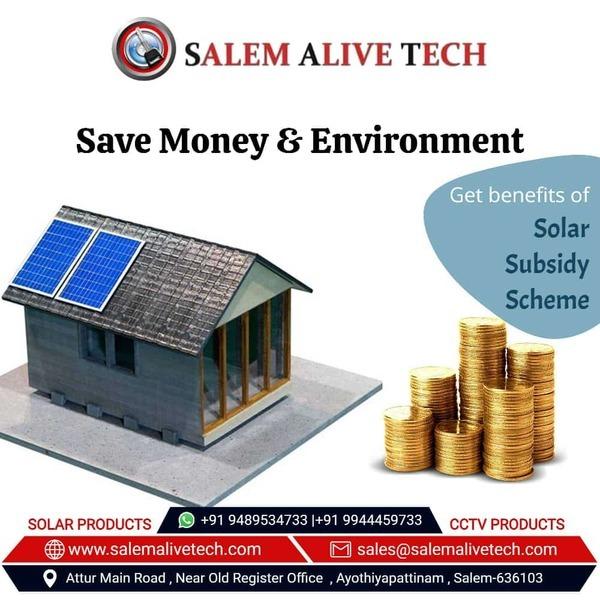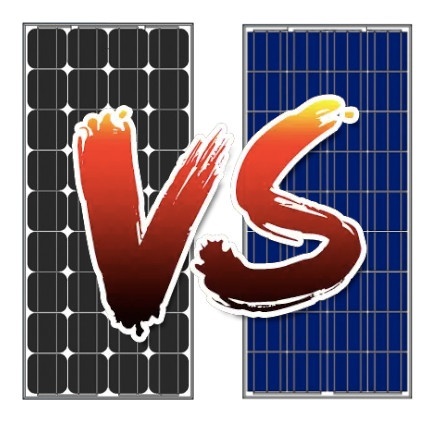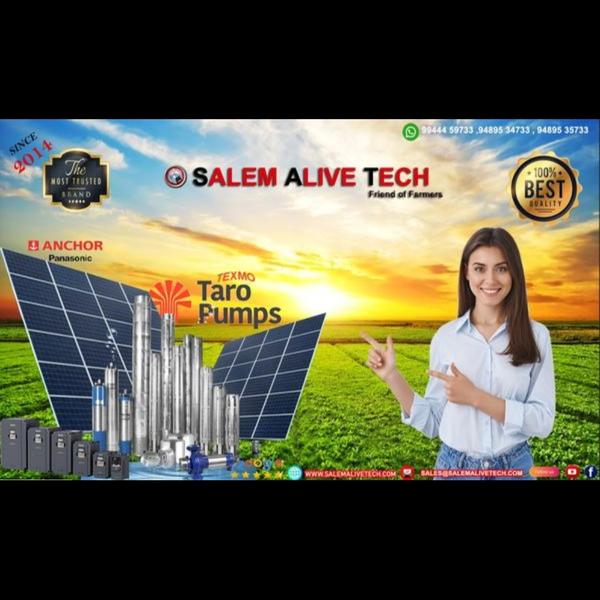
Why Switch to Solar Power? Switch...

Why Switch to Solar Power? Switching to solar power is a healthy investment. Having knowledge about what solar panel and battery system best fulfills the needs of your household or business is paramount. While it is important to understand the difference between mono crystalline and poly crystalline solar panels, buying high quality solar panels should be at the top of your priority list when you are trying to transition to solar. Imagine being able to conserve energy, do some good for the planet and drastically reduce your electricity bill, if not abolish it altogether? Well, now is your chance. The time is now! No matter what solar panel technology you choose, switching to solar brings more than just peace of mind, it breeds awareness. The benefits of solar energy are so far-reaching that we are only now realizing its reach. Allow Haleakala and Petersen Dean to answer any of your questions regarding the different types of solar paneling available in your area. Monocrystalline Solar Panels Of the three competing solar panel technologies, monocrystalline is the most developed. Mono solar panels are made from a singular, uninterrupted silicon crystal structure. These solar panels appear as a flat uniform color. To create these super efficient and sturdy solar panels, a method referred to as the Czochralski process is used to grow the monocrystalline silicon. This is a material commonly found in integrated circuits, mobile phones, computers, TVs, and, not shockingly, semiconductor devices. During the Czochralski process, a silicon crystal ‘seed’ is planted in a large vat of molten silicon. The seed is then gradually pulled through the molten silicon to form one solid crystal structure that encapsulates the seed. This is known as an ingot. The ingot that is formed is then finely sliced and fashioned into a silicon wafer. These wafers are then crafted into a solar cell. This nearly perfect crystal compound generates the highest light-to-electricity conversion efficiency for silicon. It still comes down to the objective of the consumer and what their priorities are. Is affordability your goal, or is usability and performance the main objective? If you are just entering the solar realm, and want the best product on the market, it will most likely be a monocrystalline solar paneling. Benefits: Efficiency – As far as efficiency goes, monocrystalline panels outshine polycrystalline solar panels. Since poly solar panels use multiple silicon crystals, rather than one, by design there is less room for electrons to move freely in the solar panel. This greatly impedes the efficacy of polycrystalline panels. Monocrystalline solar panels outperform polycrystalline panels and yield the most robust power outputs. Durability – Monocrystalline solar panels require the least amount of space for installation and their durability is indisputable. Monocrystalline solar panels are typically outfitted with a 25-year warranty, but they are built to last much longer than that in theory. It is true that solar panels lose some efficacy with each passing decade, but it is negligible. Quality monocrystalline solar panels experience about a 0.5 – 1% loss each year. If you do the calculations, it still means that after 25 years of use, your solar panels should still operate at a 75-87% capacity. Again, even the best-of-the-best still has a couple of drawbacks. There are some slight disadvantages that you may want to consider before choosing between polycrystalline and monocrystalline solar panels. Drawbacks : Cost – Monocrystalline solar panels are the more expensive option, if you were to compare costs. This expensive becomes an afterthought for home and business owners that would rather have quality over affordability. Obstruction Poses a Threat – Since it is one continuous piece of silicon crystal that operates as a cohesive unit, partial obstruction due to shade, dirt or snow could cause the entire panel to short circuit. There are solutions for this, like buying a micro-converter. This may prevent the entire solar array from shorting out. Polycrystalline Solar Panels: Since being introduced in 1981, polycrystalline silicon solar paneling has become the more affordable choice for those trying to get the benefits of solar power without the inflated cost. Unlike the monocrystalline panels, poly solar panels are not made using the Czochralski process. Polycrystalline paneling is created by pouring raw silicon directly into a square mold, then cooled and sliced into square wafers. Advantages Cost – The process of crafting polycrystalline silicon panels is not as complicated and produces less waste, thus lowering the cost to consumers. Availability – Again, simplified design and a faster production turnover make poly panels primed and perfect for the consumer market. They are easier to create, cheaper to make, and people are choosing them over monocrystalline due to the price point. Disadvantages Efficiency – The accelerated manufacturing process of polycrystalline solar panels is a double-edged sword. By simplifying the manufacturing process and cutting overall costs, it compromised the efficiency and longevity of the solar panel. The diminished quality of the silicon results in lower efficiency rates around 13-16%. While monocrystalline panels come in at about 15-20%. Another thing to note is that poly panels are also less efficient in low-light conditions. Not Compact – Polycrystalline solar panels are not very space-conscious. The lower efficiency rate makes them scaled larger, and they crank out less power per square foot. Heat– If you live in a hotter climate, you may want to consider the average year-round temperature of where you live when choosing your solar paneling. Polycrystalline solar panels may have a tendency to malfunction under intense heat. Prolonged exposure to higher temperatures could, in theory, significantly shorten the lifespan of your polycrystalline panels. What Is the Difference Between Monocrystalline and Polycrystalline Solar Panels? Monocrystalline, Polycrystalline, and the lesser known thin film amorphous, are just a few of the different types of solar panels at the forefront of renewable energy tech. Thin film amorphous only accounts for 5% of all solar panels sold, so for the sake of discussion we’ll compare the two most commonly used solar panels in America, monocrystalline and polycrystalline paneling. Monocrystalline and Polycrystalline, simply referred to as ‘Mono’ or ‘Poly’ panels, are alike in that they both utilize the sun to produce electricity. Both solar cells are made up of crystalline silicon that can efficiently derive energy from the sun, but their composition differs a bit.
Keywords
Subscribe for latest offers & updates
We hate spam too.

